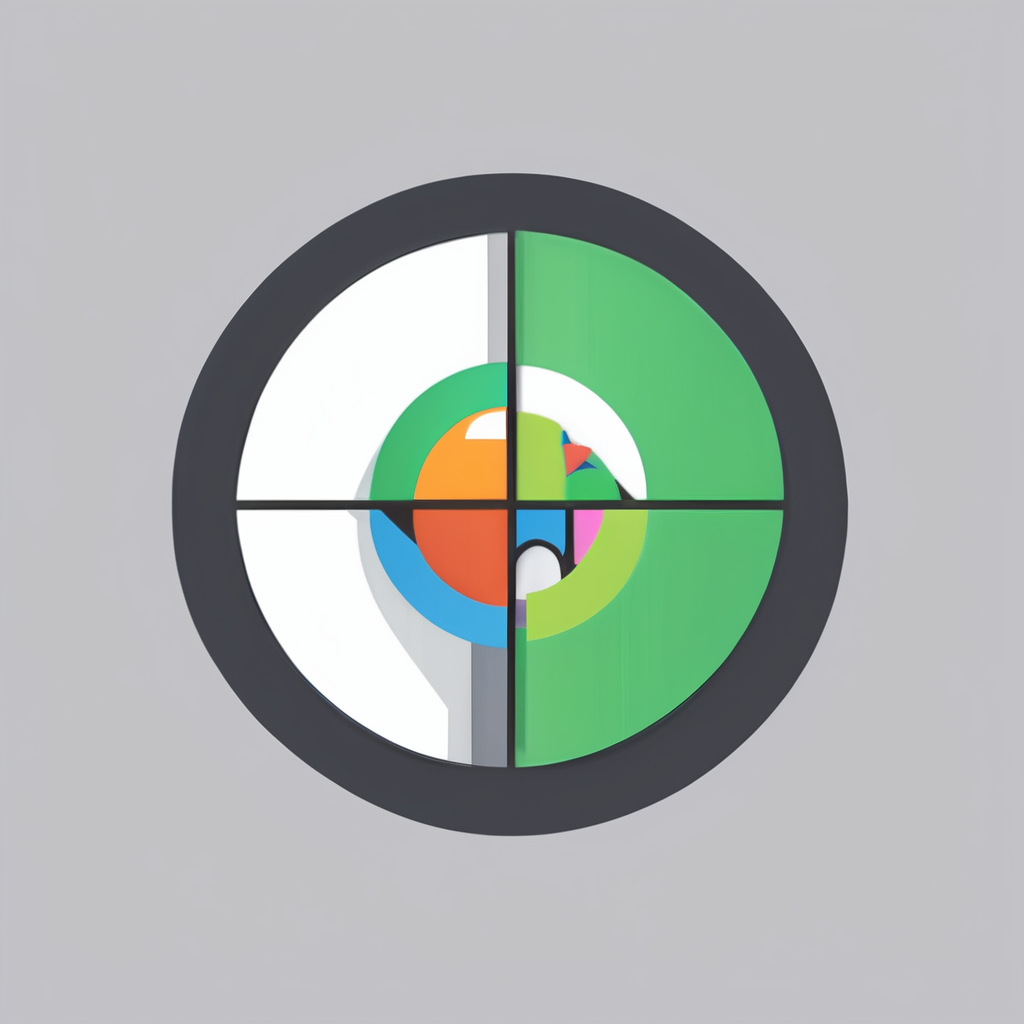Uncovering Effective Drug-Free Strategies to Manage Chronic Pain Naturally
Managing chronic pain can be a daunting task, especially when considering the potential risks and side effects associated with traditional pain medications. However, there are several drug-free strategies that can help people alleviate chronic pain naturally, improving their overall health and well-being.
Understanding Chronic Pain
Before diving into the various drug-free strategies, it’s essential to understand what chronic pain is and how it affects people. Chronic pain is a long-term condition that can result from a variety of factors, including injuries, arthritis, and even psychological factors. It is characterized by persistent pain that lasts for more than 12 weeks and can significantly impact a person’s quality of life.
Also to read : Unlocking athletic potential: the impact of gluten-free diets on performance and recovery in sports
“Chronic pain can be linked to a hyperactive threat response in the brain,” notes a cognitive neuroscientist specializing in chronic pain. “This hyperactivity, often centered in the amygdala, can trigger a pain response even when there is no structural damage present”[3].
Alternative Therapies for Pain Management
There are several alternative therapies that can help manage chronic pain without the use of medications.
Have you seen this : Unlocking the pros and cons of smart inhalers: a comprehensive guide to enhanced asthma management
Acupuncture
Acupuncture is a popular alternative medicine strategy that involves the insertion of needles into specific points on the body. This technique can provide significant pain relief and improve overall well-being.
“Acupuncture can safely and effectively expose patients to physical sensations that are setting off the brain’s false alarms,” explains a study published in JMIR Serious Games. “This type of treatment is known as touch therapy and can help retrain the brain to differentiate between real and perceived threats”[1][3].
Benefits of Acupuncture:
- Pain Relief: Acupuncture can reduce pain by stimulating the body’s natural pain-relieving chemicals.
- Improved Well-being: It can also improve overall health by reducing stress and promoting relaxation.
- Low Risk: Unlike medications, acupuncture has a low risk of side effects.
Physical Therapy
Physical therapy is another effective drug-free approach to managing chronic pain. It involves techniques such as manual therapy, targeted exercises, and modalities like ultrasound or electrical stimulation.
“Physical therapy provides a drug-free approach to managing chronic pain, addressing the root cause rather than masking symptoms,” states Direct Orthopedic Therapy. “Techniques such as manual therapy and targeted exercises can effectively reduce pain and improve mobility”[4].
Top Benefits of Physical Therapy:
- Pain Relief Without Medication: Physical therapy helps reduce pain naturally.
- Improved Mobility and Functionality: It improves flexibility, strengthens muscles, and restores proper joint function.
- Prevention of Further Injury: Physical therapy can identify and correct biomechanical imbalances to prevent future injuries.
- Enhanced Quality of Life: It alleviates pain, improves mobility, and builds strength, contributing to a better quality of life.
- Personalized Treatment Plans: Physical therapy offers customized plans based on individual needs and goals.
Mind-Body Techniques
Mind-body techniques are also highly effective in managing chronic pain.
Yoga and Meditation
Yoga and meditation are mind-body practices that can provide relief and improve overall well-being. These techniques help in reducing stress and promoting relaxation, which can significantly reduce pain.
“Yoga and meditation can help retrain the brain to differentiate between real and perceived threats,” notes a study. “These practices can reduce the hyperactive threat response in the brain, leading to reduced pain”[2][3].
Benefits of Yoga and Meditation:
- Stress Reduction: These practices reduce stress and promote relaxation.
- Improved Flexibility: Yoga can improve flexibility and reduce stiffness.
- Enhanced Mental Health: Meditation can improve mental health by reducing anxiety and depression.
Biofeedback and Behavior Modification
Biofeedback and behavior modification are other mind-body techniques that can help manage chronic pain.
“Biofeedback involves attaching electrodes to the body to send information to a monitor that signals when it receives the message,” explains American Addiction Centers. “This technique helps individuals become aware of their body’s responses and learn to control them”[1].
Benefits of Biofeedback and Behavior Modification:
- Awareness and Control: Biofeedback helps individuals become aware of their body’s responses and learn to control them.
- Pain Management Strategies: Behavior modification includes pain management strategies that allow individuals to deal with pain without medication.
Chiropractic Care
Chiropractic care is another drug-free treatment option that can effectively manage chronic pain.
“Chiropractors can use their skillset to reshape neural pathways to prevent persistent activation of the pain response,” explains a cognitive neuroscientist. “This includes touch therapy, which can safely and effectively expose patients to physical sensations that are setting off the brain’s false alarms”[3].
Benefits of Chiropractic Care:
- Neural Pathway Reshaping: Chiropractic care can reshape neural pathways to reduce pain.
- Touch Therapy: It involves gentle pressure that acts as a reassurance to the brain that there is no damage present.
- Cost-Effective: Studies have shown that chiropractic care can improve pain in patients while incurring lower healthcare costs compared to traditional medical management.
Exercise and Physical Activity
Exercise and physical activity are crucial for managing chronic pain.
Tai Chi and Other Low-Impact Exercises
Tai chi and other low-impact exercises can help reduce pain and improve mobility.
“Tai chi is a low-impact exercise that combines slow, flowing movements with deep breathing and relaxation techniques,” notes a study. “It can help reduce pain and improve mobility in people with chronic pain conditions such as osteoarthritis and rheumatoid arthritis”[2].
Benefits of Tai Chi and Low-Impact Exercises:
- Pain Reduction: These exercises can reduce pain and improve mobility.
- Improved Balance: Tai chi can improve balance and reduce the risk of falls.
- Enhanced Mental Health: It can also improve mental health by reducing stress and promoting relaxation.
Practical Insights and Actionable Advice
Here are some practical insights and actionable advice for managing chronic pain naturally:
Consult a Healthcare Provider
Before starting any new treatment, it’s essential to consult a healthcare provider. They can help you determine the best course of treatment based on your specific condition and needs.
Combine Multiple Therapies
Combining multiple therapies can often provide better results than using a single approach. For example, combining physical therapy with acupuncture or chiropractic care can offer comprehensive pain relief.
Stay Active
Staying active is crucial for managing chronic pain. Engage in low-impact exercises such as tai chi, yoga, or swimming to improve mobility and reduce pain.
Manage Stress
Stress can exacerbate chronic pain. Practice stress-reducing techniques such as meditation, deep breathing, or biofeedback to manage stress effectively.
Table: Comparing Drug-Free Pain Management Strategies
| Therapy | Description | Benefits | Potential Risks |
|---|---|---|---|
| Acupuncture | Involves inserting needles into specific points on the body. | Pain relief, improved well-being, low risk of side effects. | Minor bleeding, bruising. |
| Physical Therapy | Includes manual therapy, targeted exercises, and modalities like ultrasound or electrical stimulation. | Pain relief without medication, improved mobility, prevention of further injury. | Temporary discomfort during exercises. |
| Yoga and Meditation | Mind-body practices that reduce stress and promote relaxation. | Stress reduction, improved flexibility, enhanced mental health. | None significant. |
| Biofeedback and Behavior Modification | Techniques that help individuals become aware of their body’s responses and learn to control them. | Awareness and control, pain management strategies. | None significant. |
| Chiropractic Care | Involves reshaping neural pathways to prevent persistent activation of the pain response. | Neural pathway reshaping, touch therapy, cost-effective. | Temporary discomfort during adjustments. |
| Tai Chi and Low-Impact Exercises | Low-impact exercises that combine slow movements with deep breathing and relaxation techniques. | Pain reduction, improved mobility, enhanced mental health. | None significant. |
Managing chronic pain naturally is a viable and effective approach that can improve the quality of life for many people. By understanding the various drug-free strategies available, individuals can make informed decisions about their health care.
“Expanding access to drug-free pain treatment options is imperative,” emphasizes a cognitive neuroscientist. “These treatments can effectively address the underlying cause of many chronic pain conditions, improving patient outcomes and reducing the reliance on opioid medications”[3].
Whether through acupuncture, physical therapy, mind-body techniques, chiropractic care, or exercise, there are numerous ways to manage chronic pain without the use of medications. By combining these approaches and consulting with healthcare providers, individuals can find the best treatment plan for their unique needs, leading to a healthier and more fulfilling life.

